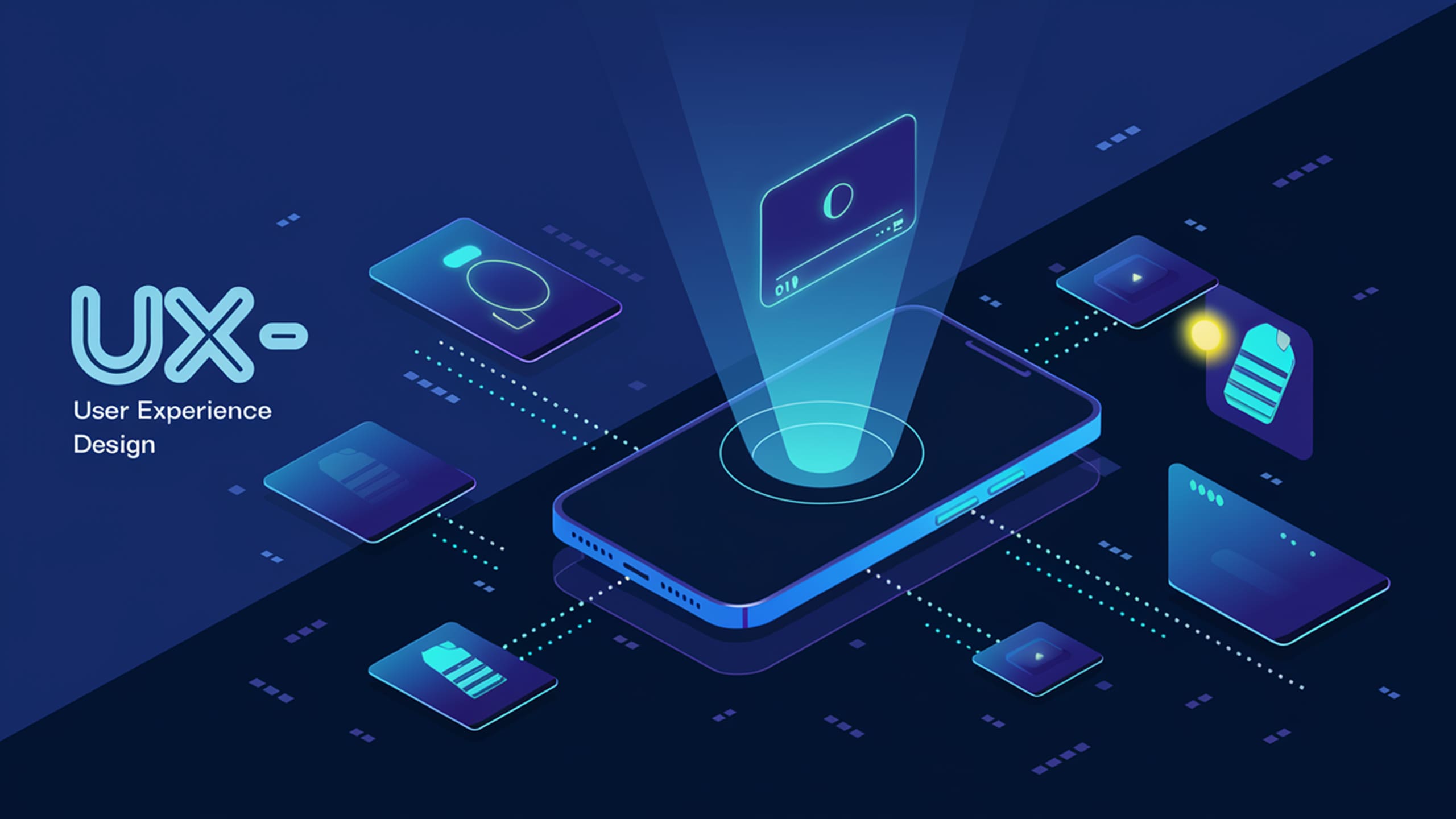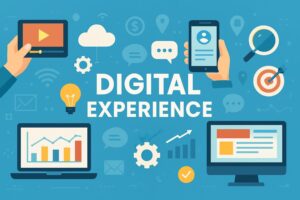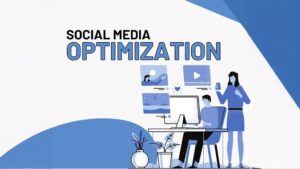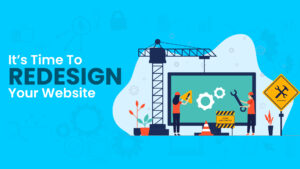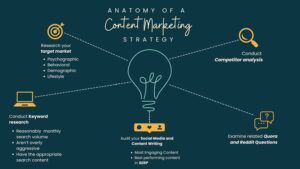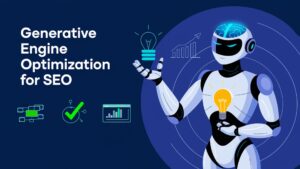What is User Experience?
UX design is how a person links with a product, system, or service. It embodies the overall experience, usability, accessibility, and satisfaction the user derives while traversing an electronic interface or using a physical product. Great UX provides those smooth interactions and facilitates the user’s journey that is intuitive, engaging, and fun.
User Experience is not just about beauty; it is about functionality, efficiency, and feel. It includes research, testing, designing, and developing the product so that the final product reflects the expectations of the user.
Why is UX Important?
In this digital-first era, UX design becomes very essential for businesses and brands that seek to enhance customer satisfaction as well as loyalty. Here are the major reasons why UX leads to a great change for the good:
- Enhancement of user satisfaction: A seamless experience fosters engagement and user retention.
- Increase in conversion: An interface that is designed well is meant for users to accomplish whatever it is they are supposed to do: signing up, purchasing, subscribing, and so on.
- Lower bounce: The opposite user experience annoys the users who then jump out of the platform without a second chance.
- Enhancement of brand perception: A great UX establishes trust and credibility.
- Enhancement of accessibility: This level of UX design means ease of use for a broad spectrum of users, including people with disabilities.
- Increase in income: A user-friendly website or application helps users spend time browsing in it and eventually makes a buy.
- Decrease in customer support costs: A well-designed product minimizes customer complaints and inquiries.
What Do We Design in UX?
The art of UX design is about creating an intuitive and seamless experience for users while designing the user interfaces, interactions, and different functionalities related. The layouts, navigation, accessibility, and responsiveness are some aspects that aspired to ensure the product fulfills its function and ease of use. The ideal objective is to create an avenue for user satisfaction and engagement while still fulfilling the business goals.
- Information Architecture: Organizing and structuring content for better navigation.
- Interchange Design: this may involve creating some interactive elements like buttons, animations, and transitions.
- Usability: It ensures an effortless and clear user experience.
- Visual Design: The aesthetic component that is assisting a user and enhancing the experience.
- Accessibility: A product that someone with disabilities can benefit from.
- User Research: User Research-the study of any user needs, behavior, and pain points.
- Prototyping: One creates a model of the product to test the design concepts before actual development.
- Content Strategy: Relevant content creates an interest and a hierarchy.
What does a UX Designer do?
The role of a UX designer is to observe, model, and enhance the user experience of the product or service. Such designers conduct user research to derive wireframes and prototypes, always keeping in mind usability issues for the interface based on each target audience’s needs. General designers accentuate enhancing usability, accessibility, and satisfaction of the user’s experience.
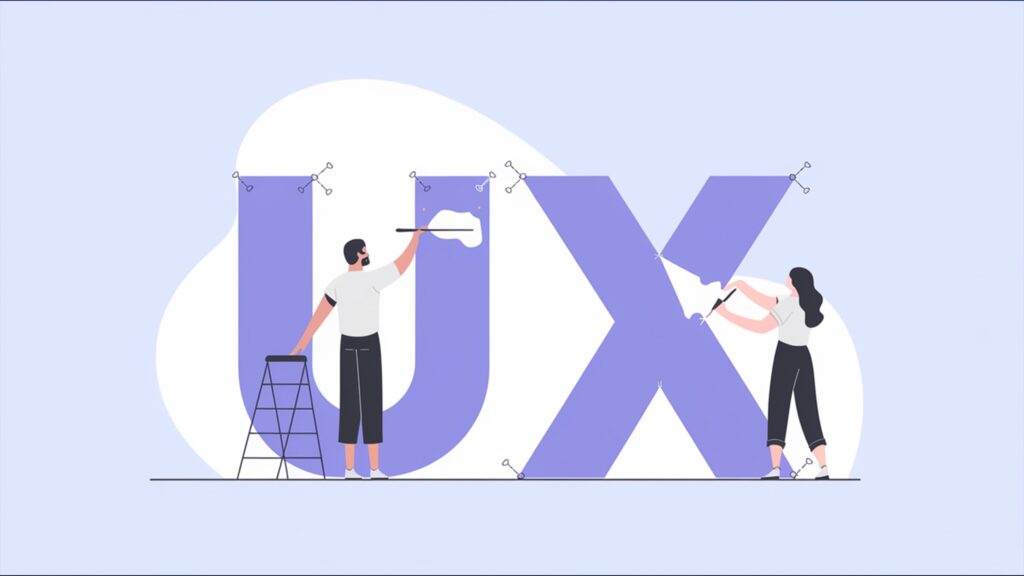
- Carrying out user research to know the target audience.
- Creating wireframes and prototypes to design the user flow.
- Testing and gathering feedback to refine designs.
- Partnership with developers, UI designers, and product managers.
- Ensuring that the end product matches the business goals and user needs.
- Performing usability testing to detect pain points.
- Monitoring and analyzing user behavior to make improvements based on that data.
What Are the Tools of UX Design?
To create designs that are functional and intuitive, UX practitioners rely on several advanced tools to smoothen up the design process and also enhance the end user experience: tools such as wireframing and prototyping.
- Wireframing & Prototyping: Figma, Adobe XD, Sketch
- User Research & Testing: Hotjar, UsabilityHub, Google Analytics
- Collaboration: Miro, Notion, Trello
- Design Systems & Development Handoff: Zeplin, InVision
- A/B Testing: Optimizely, Crazy Egg
What’s the Difference Between UX and UI?
A difference exists between the branches of design known as UX and UI. They both strive to improve the user’s interaction with the product, but one relates to the experience of a user, while another side concerns itself with the product or service interaction. UX deals with the user’s experience when they are interacting with products and services; UI is about the interface itself. While UX and UI design will work together to bring about seamless, easy-to-use designs, UX focuses on the journey of users; UI deals with the interface viewed and felt by customers.
- UX refers to the broader experience one has while engaging with a product; UI concerns itself with the design and feel of the interface.
- A UX designer’s role is to reinforce usability and make the product easy to work with, while UI designers concentrate on the looks, buttons, typeface, and colors that give the interface an appealing look.
- UX enables efficient and enjoyable interactions, while UI makes such interactions visually comprehensible and enticing.
- Both areas work closely together, but UX is concerned with the user and their needs, while UI is a design communication that aims to engage the user.
Personalization and User Experience
Personalization of experiences in accordance with behavior, preferences, and history increase user engagement and improve customer satisfaction. Examples are:
- Customized recommendations based on user’s choice and past records (Amazon and Netflix).
- Dynamically updated website content, based on interaction with a particular user
- Personalized Onboarding
- Customized notifications
Trends and Innovation in UX 2025
With advanced technologies emerging each day, UX design cannot possibly remain still; instead, it tends to change according to the requirements of the modern-day users and to harness new tools and methodologies. Some important trends emerging in 2025.
- AI-driven UX: Personalized and adaptive interfaces with artificial intelligence support.
- Voice UI & Conversational Interfaces: Voice search and chatbot advantages.
- Dark Mode & Minimalist UI: User-favored interface options.
- Augmented Reality (AR) & Virtual Reality (VR): Shopping, gaming, and learning in an immersive environment.
- Neurodesign: Cognitive psychology-backed UX for enhanced user engagement.
- Gesture-Based Navigation: Intuitive controls through gestures instead of clicks.
New Technologies and How They’re Changing UX
Designers’ interaction with users, the core of user experience design, is constantly redefined by rapid advances in emerging technology.

- 5G Connectivity: Faster internet speeds improve mobile experiences.
- AI & Machine Learning: Smarter automation, predictive analytics, and adaptive design.
- Blockchain in UX: Secure digital experiences with transparent data handling.
- Biometric Authentication: Seamless login experiences using fingerprints and facial recognition.
- Metaverse and Digital Experience: Virtual and hybrid experiences changing the way users interact.
FAQs About UX Design
1. what is user experience research
The UX design encompasses understanding the user in terms of needs, behaviors, or pain points using different research methods, surveys, interviews, usability tests, etc. That knowledge then influences design decisions regarding products or services that will be easy and pleasant to use.
2. What industries benefit from UX design?
Every industry benefits from UX design: e-commerce, health care, finance, education, entertainment, and SaaS products. A good UX enhances user satisfaction and improves engagement across all sectors.
3. How can small businesses improve their UX?
Small businesses can enhance UX by optimizing website speed, making navigation easy, ensuring mobile-friendliness, simplifying forms, and using customer feedback to improve usability.
4. How does UX impact SEO?
Good UX is beneficial for SEO as it increases dwell time, reduces bounce rates, and enhances accessibility of the site. Search engines favor user-friendly, well-structured websites.
5. Future of UX design
The future of UX design will encompass AI-driven personalization, immersive AR/VR experiences, voice interfaces, and smarter automation tools that will bring better opportunities for SEO among users.
Conclusion: UX design
The future of success lies in the world of UX, impacting user satisfaction all the way up to revenue in businesses. By investing in UX, users stay engaged and frictionless and are going to maintain a relationship with your brand in the long term. The further into technology the future, the more one has to be ahead in UX trends and innovations for this highly competitive market.

